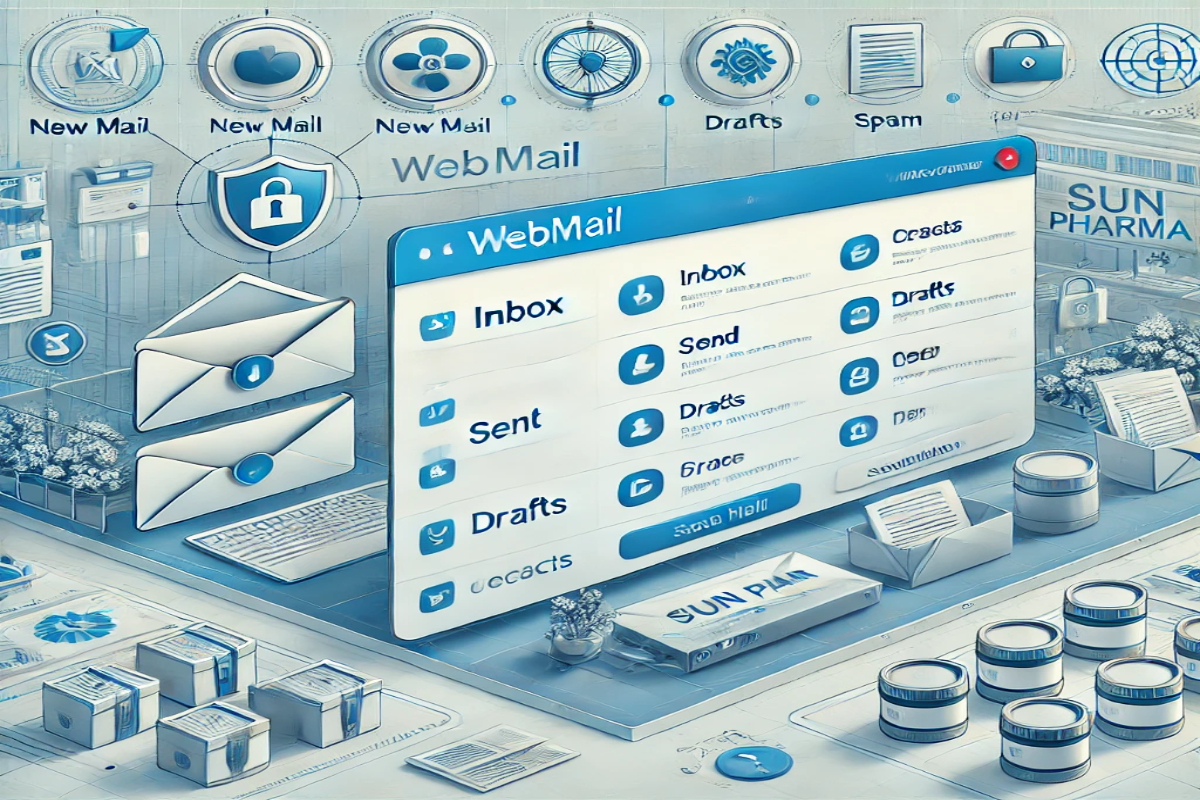Welcome to the digital age, where convenience and connectivity come hand in hand with cyber threats lurking around every virtual corner. One such danger that has been making waves in the online world is the notorious Webcord Virus. This stealthy menace preys on unsuspecting internet users, causing chaos and compromise wherever it strikes. Join us as we delve into the shadows of cyberspace to uncover the dangers of the Webcord Virus and learn how you can safeguard yourself against its insidious grasp. Let’s navigate through this virtual minefield together!
How Does the Webcord Virus Spread?
The Webcord Virus spreads through various means, primarily targeting vulnerable devices connected to the internet. One common way it infects systems is through malicious email attachments or links disguised as legitimate files or websites. Users unknowingly download these attachments, allowing the virus to infiltrate their devices.
Another avenue for the virus to spread is through unsecured networks or websites that have been compromised by cybercriminals. When users visit these sites or connect to unprotected networks, they risk exposing their devices to malware like the Webcord Virus.
Additionally, outdated software and operating systems can create security loopholes that hackers exploit to distribute the virus. By not regularly updating your device’s software, you leave it susceptible to attacks from malware like Webcord.
To stay safe from this pervasive threat, it’s crucial to exercise caution when opening emails from unknown senders, avoid clicking on suspicious links, and keep your software up-to-date at all times.
You May Like Also: Navigating the Digital Landscape: Insights from NetWyman Blogs
Signs and Symptoms of an Infected Device
Have you noticed unusual pop-up ads appearing on your screen, even when you’re not browsing the internet? This could be a sign that your device is infected with the Webcord Virus.
Another common symptom to watch out for is a sudden decrease in your device’s performance. If it’s taking longer to load applications or websites than usual, there might be unwanted malware running in the background.
Do you find yourself redirected to unfamiliar websites without clicking on any links? This could indicate that your device has been compromised by the Webcord Virus.
Keep an eye out for unexplained changes in settings, such as new browser extensions or toolbars that you didn’t install. These alterations may point towards a potential infection on your device.
If you experience any of these signs and symptoms, it’s essential to take immediate action to protect your personal information and prevent further damage from the Webcord Virus.
The Impact of the Webcord Virus on Individuals and Businesses
The Webcord Virus can have devastating consequences on both individuals and businesses alike. For individuals, falling victim to this malicious software can result in personal data breaches, identity theft, financial loss, and compromised privacy. The emotional distress and time-consuming efforts required to mitigate the damage caused by the virus can take a toll on one’s mental well-being.
Businesses face even greater risks when infected with the Webcord Virus. Data breaches can lead to sensitive information being exposed, intellectual property theft, financial fraud, and reputational damage. The downtime incurred from dealing with a cyber-attack can disrupt operations and lead to significant revenue losses.
Moreover, the trust of customers and clients may be irreparably damaged if their data is compromised due to a security breach caused by the Webcord Virus. It is crucial for both individuals and businesses to prioritize cybersecurity measures to prevent such detrimental impacts.
Tips for Protecting Yourself Against the Webcord Virus
In the ever-evolving landscape of cybersecurity threats, staying vigilant against the Webcord Virus is crucial to safeguarding your personal and business data. Here are some proactive tips to protect yourself from falling victim to this malicious software.
Ensure that your antivirus software is up-to-date and running regular scans on your devices. This can help detect and remove any potential threats before they cause harm.
Be cautious when clicking on links or downloading attachments from unknown sources, as these could be avenues for the virus to infiltrate your system.
Additionally, consider using a virtual private network (VPN) when browsing online to encrypt your internet connection and add an extra layer of security.
Moreover, regularly back up your important files to an external hard drive or cloud storage. In the event of a virus infection, you’ll still have access to your essential data without risking loss.
By implementing these preventive measures and staying informed about cybersecurity best practices, you can reduce the risk of falling prey to the Webcord Virus. Stay safe online!
Steps to Take if Your Device is Infected
If you suspect that your device has been infected with the Webcord Virus, the first step is to disconnect it from any network immediately. This will help prevent the virus from spreading to other devices or networks.
Next, run a full scan using reputable antivirus software to detect and remove the malicious files associated with the Webcord Virus. Make sure your antivirus definitions are up-to-date for thorough detection.
If your device is still showing signs of infection after running a scan, consider seeking professional help from a cybersecurity expert. They can provide specialized assistance in removing advanced malware like Webcord.
It’s also important to change all passwords for your online accounts as a precautionary measure. The Webcord Virus may have compromised sensitive information stored on your device.
Remember to regularly back up your data to an external source so that if worst comes to worst, you can restore your files without losing valuable information. Stay vigilant and proactive in protecting your digital assets against threats like the Webcord Virus.
Conclusion: Staying Safe in a Digital World
In a world where cyber threats loom large, staying safe in the digital realm is more crucial than ever. It’s essential to remain vigilant and proactive in protecting your devices from potential dangers like the Webcord Virus.
Remember to regularly update your antivirus software and operating system to guard against any vulnerabilities that hackers could exploit. Be cautious when clicking on links or downloading attachments from unknown sources, as these could be gateways for malware.
Utilize strong, unique passwords for all your accounts and consider using multi-factor authentication for an added layer of security. Avoid connecting to public Wi-Fi networks without protection, as these can be breeding grounds for cyber attacks.
By practicing good cyber hygiene habits and staying informed about the latest threats, you can navigate the digital landscape with confidence and peace of mind. Stay safe out there!
FAQs
Q: Can the Webcord Virus be removed easily?
A: Removing the Webcord Virus can be a complex process. It is recommended to seek professional help or use reputable antivirus software to effectively remove the virus from your device.
Q: How can I prevent future infections from the Webcord Virus?
A: To prevent future infections, make sure to keep your operating system and antivirus software up to date. Avoid clicking on suspicious links or downloading attachments from unknown sources.
Q: Is it possible for the Webcord Virus to steal personal information?
A: Yes, the Webcord Virus has been known to collect sensitive information such as login credentials, banking details, and personal data. It is crucial to protect your devices against this threat.
By staying vigilant and following best practices for online security, you can reduce the risk of falling victim to the dangers of the Webcord Virus. Remember that prevention is key in safeguarding yourself and your business from potential cyber threats. Stay informed, stay protected!




